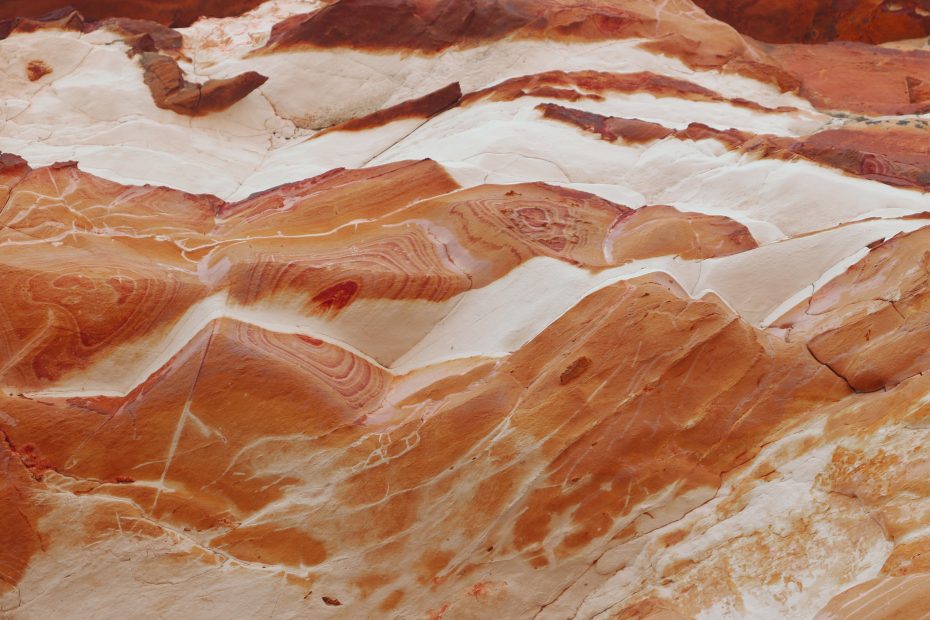Table of Contents
Introduction
The Outback is the vast, remote interior of Australia made up of rugged landscape varying from arid deserts to tropical savannas. It covers over 70% of the country’s total land area, yet only 2.5% of the population inhabits these wide open spaces. For those seeking adventure, few places in the world can compare to exploring and experiencing the otherworldly Outback. This article will highlight everything you need to know to plan your own unforgettable Outback adventure.
Planning an Outback Adventure
The first step in planning is choosing a destination within the massive Outback region. The Northern Territory and Western Australia offer some of the most remote and pristine wilderness for those craving an off-the-grid experience. Or you may opt for more accessible parts of the Outback in South Australia or Queensland. Once you pick a location, you’ll need transportation and supplies. Many choose a 4WD vehicle for navigating rugged roads and off-road terrain. Be sure to bring plenty of water and fuel since resources are scarce. Securing permits for camping on public lands or permissions to access Aboriginal areas is also critical.
Experiencing the Remote Wilderness
One of the most memorable parts of an Outback journey is taking in the sheer vastness of the landscape. Standing in the wide open bush, you’ll be met with a profound silence unlike anywhere else. The unique flora and fauna adapted to the harsh climate also reveal the resilience of life in this remote corner of the world. Witnessing Aboriginal rock art and sacred sites firsthand provides a glimpse into the Indigenous cultures that have dwelled here for millennia. The tranquility and timelessness found in the Outback create space for deep reflection.
Camping and Hiking
Base camping allows you to settle in and explore the surrounding area. Choose campsites wisely with shade, protection, and access to water when possible. Bushwalking through the diverse landscapes – from the red earth of the deserts to the palm trees of tropical oases – brings you up close to the natural beauty. You’re also likely to encounter kangaroos, wallabies, emus, and other wildlife not found anywhere else on Earth. Every day brings new wonders.
Challenges and Dangers
While immensely rewarding, an Outback adventure does come with very real risks. Searing heat with temperatures above 100°F can lead to dehydration or heat stroke if proper precautions aren’t taken. The lack of civilization and amenities requires total self-sufficiency. Venomous snakes and spiders also pose threats so be vigilant. Due to the remoteness, navigation without GPS or cell service can be challenging as well. But with thorough preparation, these dangers can be mitigated.
Capturing It All
Photographing the landscapes, night skies, plants, and animals creates lasting memories of your journey. Writing in a journal and sketching scenes also enhances immersion in the environment. GoPros and drones allow you to capture mesmerizing video footage. However you document it, the sights and experiences of the Outback beg to be recorded artistically. Future reflections will transport you right back to the magic.
Packing It In and Heading Home
Once your Outback odyssey comes to an end, you’ll likely need some time to process all that you experienced. Share your stories and images with friends and family back home. Readjusting to daily routines and civilization takes time after being immersed in the remote wilderness. Luckily, the memories will stick with you, perhaps inspiring another Outback adventure someday.
Conclusion
Venturing into the depths of the Australian Outback is one of the most transcendent and magical experiences this planet has to offer. The power of the wide open bush, painted with stunning colors and bathed in silence, has to be experienced firsthand. An Outback adventure stays with you forever, stirring a longing to return. For those seeking challenges, breathtaking landscapes, Aboriginal history, and indelible memories – this is a journey you simply must take. Let the call of the Outback lead you into the wildest of wildernesses!
FAQs
What is the best time of year to visit the Outback?
The winter months of June to August offer milder temperatures. But the peak tourism season runs from April to October.
What are the top 3 must-see Outback destinations?
Uluru/Ayers Rock, Kakadu National Park, and the Kimberley are considered the top Outback destinations.
What type of vehicle is best suited for Outback travel?
A 4WD vehicle with good ground clearance and an experienced driver can handle most rugged Outback roads and tracks.
How much does an Outback camping/adventure trip typically cost?
Expect at least $150/day per person for vehicle rental, fuel, camping fees, and supplies. Multi-week trips can run $5,000+ total.
What essential precautions should I take in the Outback?
Bring plenty of water and sun protection. Watch out for snakes and spiders. Tell people your itinerary. Don’t drive at night due to animals on the road. Let your fuel tank get below half full.
